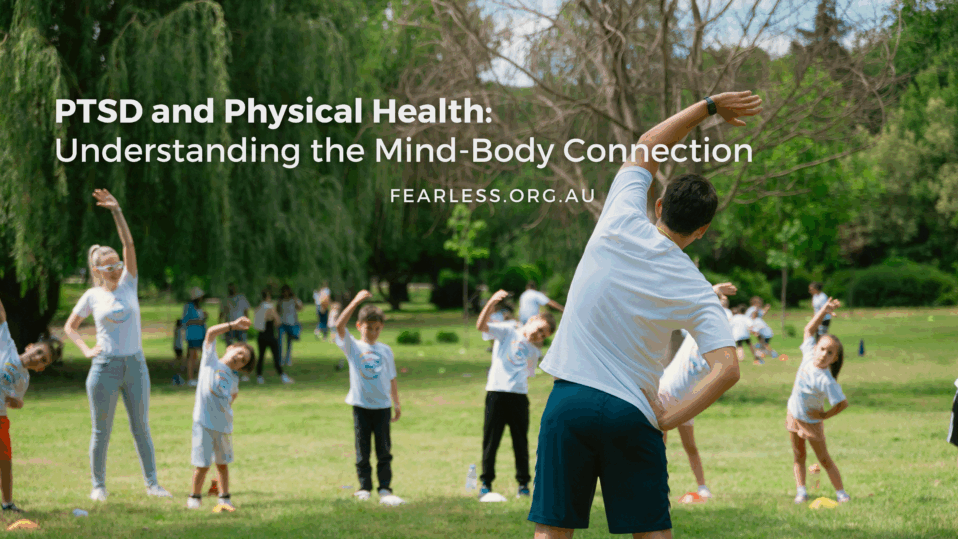When we think of PTSD, the focus is often on emotional or psychological symptoms. But trauma also affects the body. From sleep problems to chronic pain, the physical impacts of PTSD are real and can affect long-term health. Understanding this mind-body connection is vital for holistic recovery.
How Trauma Affects the Body
PTSD keeps the nervous system on high alert. This constant state of “fight or flight” can increase stress hormones like cortisol, affecting almost every system in the body. Common physical effects include:
- Insomnia or disrupted sleep patterns
- Headaches and muscle tension
- Digestive issues such as stomach pain or nausea
- Weakened immune response
- Increased risk of heart disease or high blood pressure
These symptoms are not “all in the mind”, they’re the body’s way of responding to prolonged stress.
Why the Mind-Body Connection Matters
Healing from PTSD isn’t only about managing memories or emotions. It’s also about restoring balance in the body. Recognising physical symptoms as part of PTSD can reduce shame and encourage people to seek appropriate support.
Approaches to Supporting Physical Health
- Sleep hygiene: Consistent routines, limiting caffeine, and relaxation techniques before bed can support better rest.
- Movement and exercise: Gentle activities like walking, stretching, or yoga help release tension and support overall wellbeing.
- Nutrition: A balanced diet stabilises energy levels and supports mood regulation.
- Mind-body practices: Meditation, mindfulness, and breathing exercises calm both body and mind. (See our post on Meditation & Mindfulness for PTSD Recovery for more ideas.)
When to Seek Professional Care
If physical symptoms persist, consulting a GP or specialist is important. Health professionals can help rule out other conditions and create a treatment plan that complements mental health care.
Final Thoughts
PTSD affects more than the mind. It can really affect the whole body. Recovery works best when mental and physical health are supported together. By addressing both, individuals can find more balance, resilience, and strength on the journey forward.
To explore more resources or connect with support services, visit our Getting Help page.



Post a comment